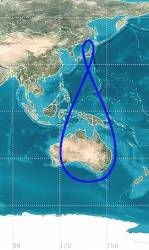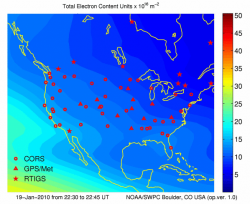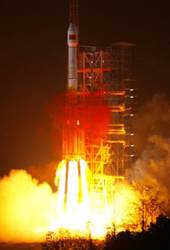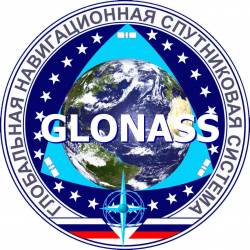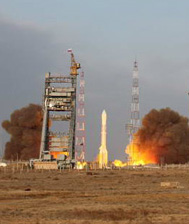December 7, 2009
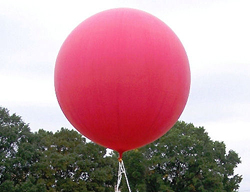 Want to win $40k? DARPA gives you one day to locate 10 of these 8-foot weather balloons moored across the USA
Want to win $40k? DARPA gives you one day to locate 10 of these 8-foot weather balloons moored across the USA
(Updated December 7, 2009) A Massachusetts Institute of Technology team won the DARPA Network Challenge on Saturday, December 5. They took home a $40,000 cash prize from the Defense Advanced Research Projects Agency.
The team successfully located 10 eight-foot diameter, bright red weather balloons moored in plain site at locations across the United States.
Apparently, the DARPA personnel in charge were sensitive to frigid winter weather in the heartland – most of the balloons turned out to be moored in pleasant places for an outdoor December search: Portland, Oregon; San Francisco and Santa Barbara, California; Scottsdale, Arizona; Katy, Texas; Memphis, Tennessee; Atlanta, Georgia; Miami, Florida; Charlottesville, Virginia; and Christiana, Delaware.
Read More >
By Inside GNSS
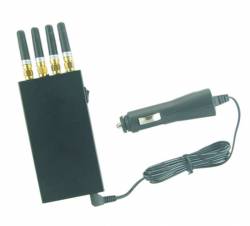 GPS/cell phone jammer
GPS/cell phone jammer







